Company
Carlow Cornice & Mouldings Ltd. was established in 1994 and services all areas throughout the South East of Ireland. Since its inception, the company has grown to the range of decorative cornice, ... read more
Normally we think of cornice as a frame to the room where the wall meets the ceiling but it can also be used externally, both for its aesthetically value and for practical uses to lead away rain water. Externally you can use traditional plaster and seal it or use fibre cement. Whatever you choose to go with make sure it reflects the building and the surroundings.
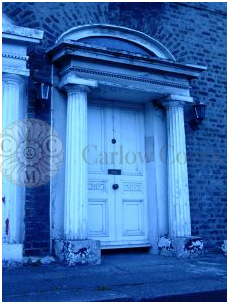
In ancient Greek architecture cornice is used as the top ornament externally, above the architrave and the frieze
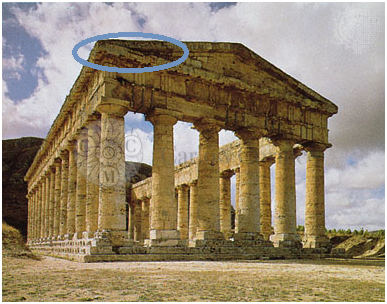
A fun fact is that classical Greek and roman architecture is often thought of as pristine and white, when in fact it highly coloured. The idea of the whiteness springs from the Classicist movement and preserved pieces were vigorously cleaned to bring them back to their whiteness
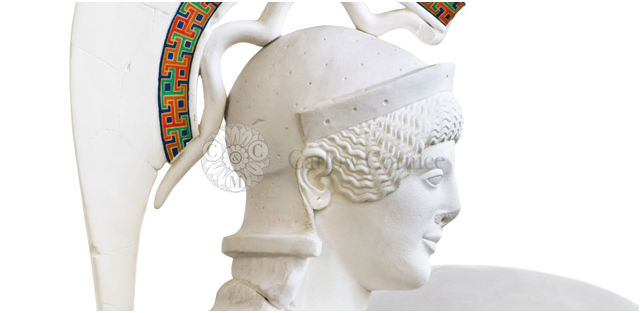
There is no need to keep your cornice white, just look at these stunning examples from Farrow and Ball
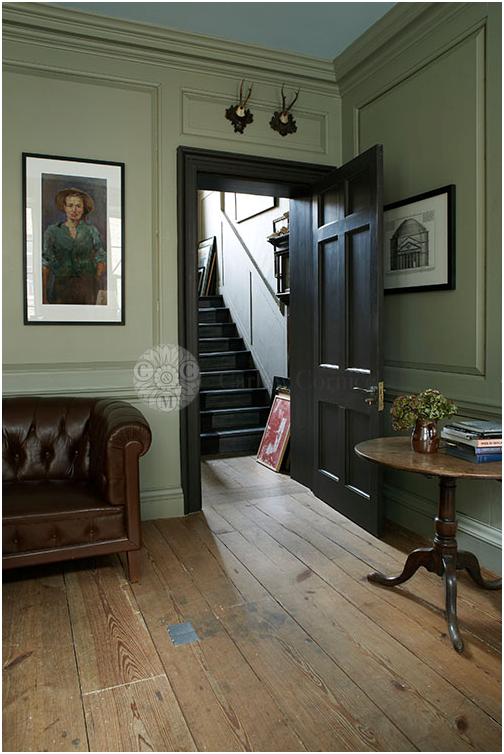
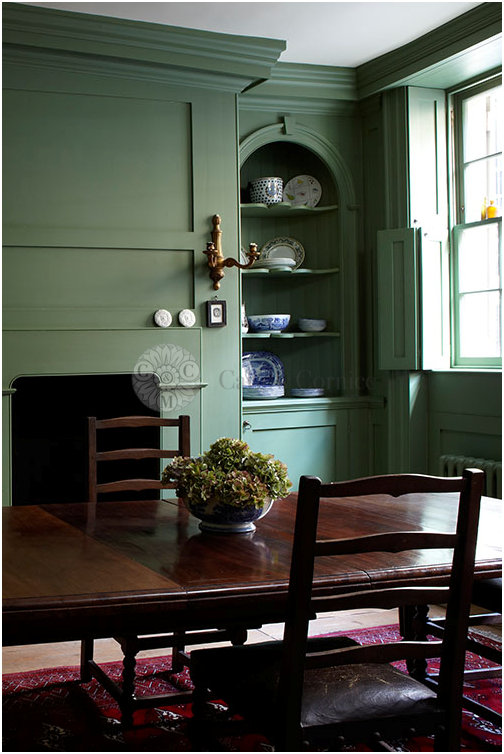
For more inspiration, give Elin in the office a call on 059 9143930